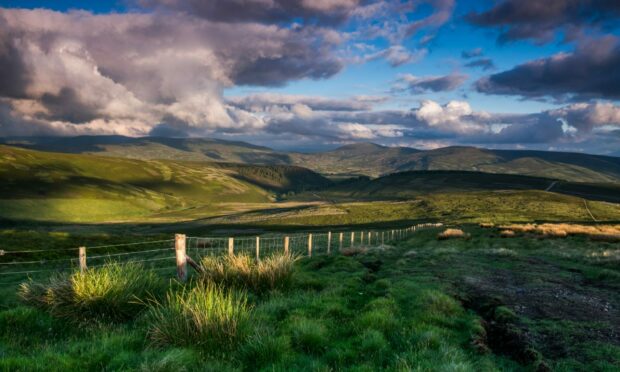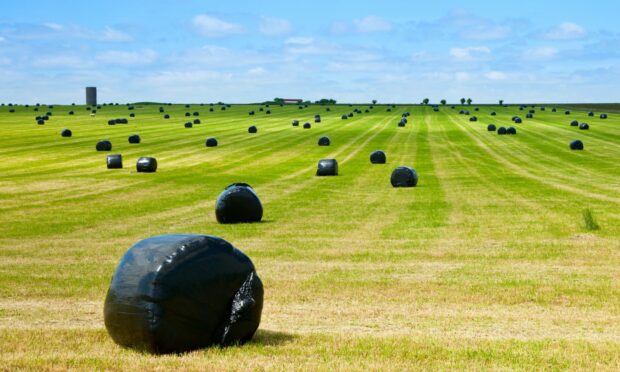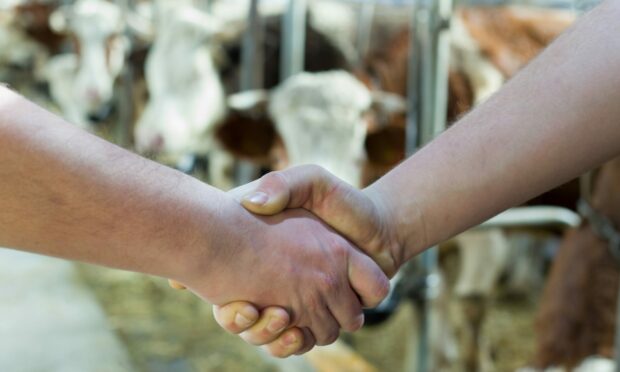Last month saw the publication of the Scottish Land Commission’s ‘Advice to Scottish Ministers on Land Reform and Taxation’, outlining the steps needed to increase the role of land values in Scotland’s tax base and support the delivery of the Scottish Government’s land policies.
The idea of land taxes is not new – from Adam Smith to Milton Friedman, economists have described land value tax as ‘the least bad tax’, because unlike other taxes it does not discourage economic activity or development.
More recently, in the lead up to the Land Reform (Scotland) Act 2016, both the Agricultural Holdings Legislation Review Group and the Land Reform Review Group included advice on taxes relating to land, and the Land Commission’s recent report builds on this earlier work, covering not just land and property related tax but also our wider tax framework.
Looking at Scotland’s tenant farming sector, there are two significant hurdles to the letting of land, both of which could be addressed by changes to the current fiscal framework within which landowners and tenants make decisions.
The first obstacle is our current fiscal framework itself.
The reliefs available for Inheritance Tax and Capital Gains Tax all act against the letting of land and encourage even the largest landowners to farm in-hand instead of creating new leases.
Similarly, income from let land is treated for Income Tax purposes as investment income rather than trading income, putting landowners who let land at a disadvantage.
This is a massive deterrent to the renewal and creation of farm leases, with tenants not having leases renewed by landlords who are legitimately seeking to mitigate future tax risks.
When land is let we would like to see long-term leases, but our Land and Business Transaction Tax (LBTT) acts as a disincentive to long-term lets.
From all angles our fiscal framework appears stacked against the sensible letting of land.
The second obstacle is a relatively new one – the green investors, or ‘green lairds’, seeking to purchase large tracts of Scottish land for tree planting or re-wilding.
These are usually commercial interests looking to offset their carbon emissions or seeking to benefit from carbon trading.
Over the last few years I’ve heard from many tenants across Scotland who have not had fixed term leases renewed as landlords chose instead to sell to green investors or enter into large-scale commercial forestry.
Even tenants with secure leases are coming under pressure from landlords seeking to resume land to make way for ‘greenwashing’ purposes.
Not only are these obstacles a deterrent to an expanding tenanted sector, they also act against increasing diversity of land ownership – both priorities of the Scottish Government.
Green investors are drawn to Scotland by the opportunities offered by our concentrated land ownership, in particular the ability to buy large areas of land in a single transaction.
With an unregulated land market there is no barrier to further large land purchases for green purposes, which is itself a significant threat to fragile communities as rural livelihoods are displaced.
Fiscal leverage is a tool which could have a strong and immediate influence in addressing these land use issues.
With some of the main taxes including Capital Gains and Inheritance Tax being reserved to Westminster, the Scottish Government’s limited power to use tax to influence land policy may be a barrier to our just transition to a green economy.
However, there are stakeholders south of the border seeking the same fiscal changes to help their tenanted sector, and LBTT – currently a blunt tool but within Holyrood’s devolved powers – could be modified to better support Scotland’s land reform priorities.
- Christopher Nicholson is chairman of the Scottish Tenant Farmers Association (STFA).


